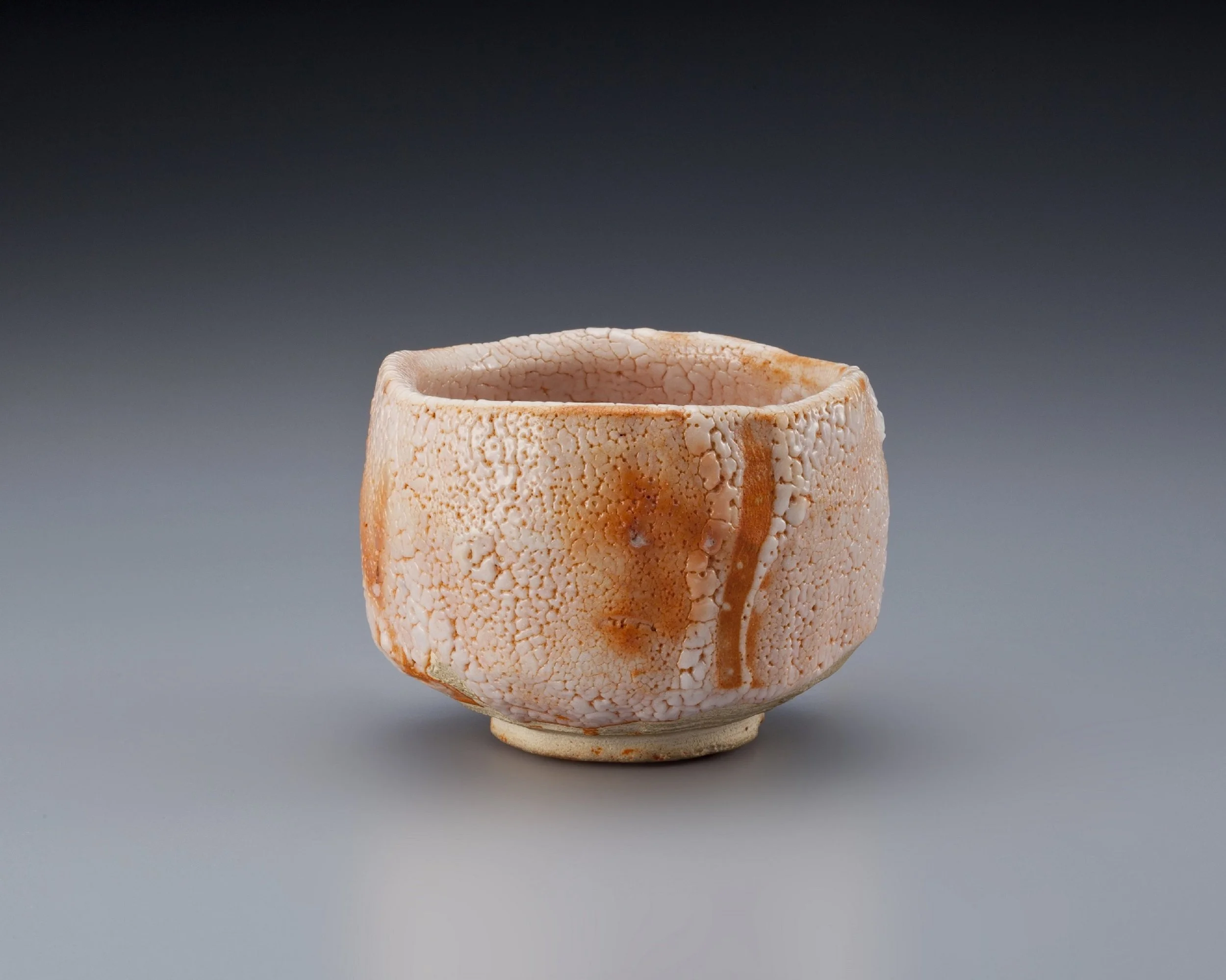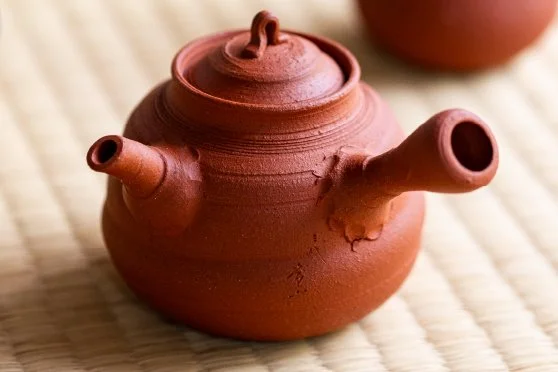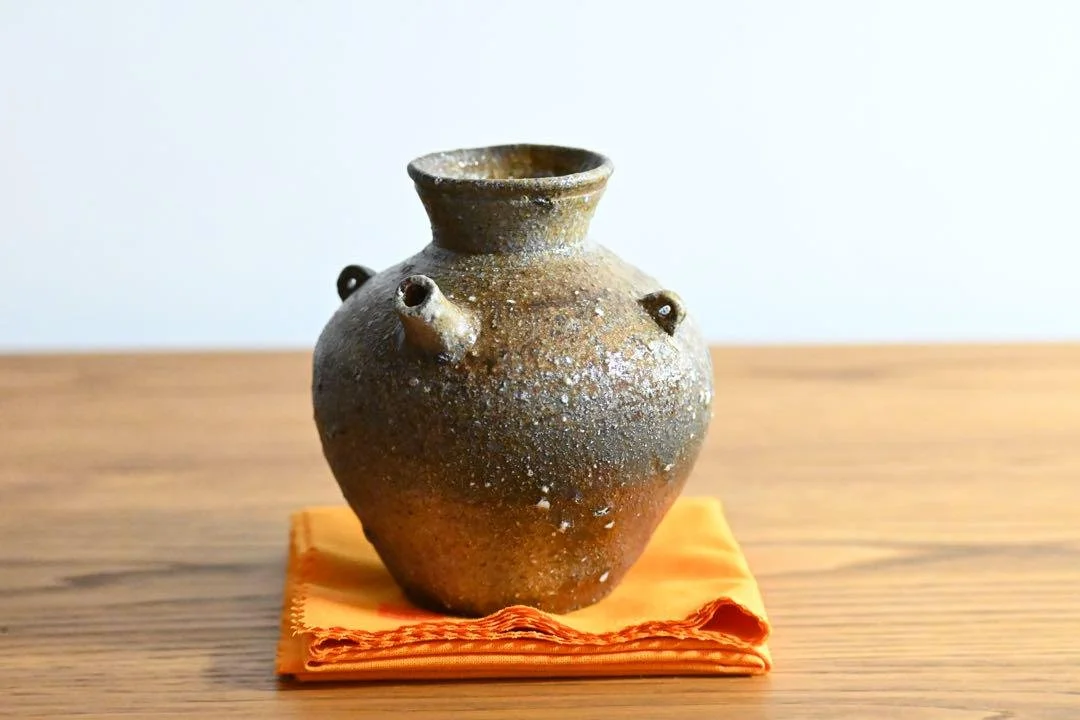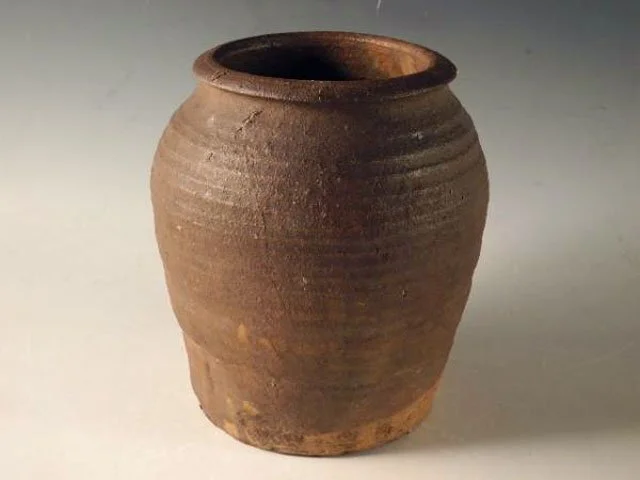Pottery Towns of Japan - The Six Ancient Kilns
1. Seto (瀬戸焼) — Aichi Prefecture
Seto ware (瀬戸焼) traces its origins back to kilns near Mount Sanage in what is now Seto City. It first emerged in the late Heian period (late 12th century CE) to the Kamakura period (1185–1333 CE). It was the first of Japan’s kilns to produce glazed ceramics and is credited as a pioneer. Seto is known for its white, porcelain-like clay body and fantastic array of glazes, from the green Oribe to Kiseto and Shino.
The potters of Seto later developed underglaze blue-and-white decoration (染付, sometsuke) and vibrant red-glazed ware (赤津焼), demonstrating its long evolution from utilitarian wares to refined artistic production.
Today, you can find in Set a variety of shops specializing in tools, clay, and glazes, as well as a wonderful museum explaining the region's rich history and the process of making clay and glaze.
Seto Mingei Pottery Museum
https://maps.app.goo.gl/yVoteEH5zYDW176j7
Setogura Museum
2. Tokoname (常滑焼) — Aichi Prefecture
Tokoname ware (常滑焼) in the Chita Peninsula is the oldest among the Six Ancient Kilns, with origins in the late Heian period (late 1100s CE). It is known for its robust, iron-rich red clay and its near obsession with Japanese-style teapots (Kyuusu 急須). The naturally found red clay matches perfectly with the production of teapots, as iron clay suits the tea better and results in a better brew overall. In the past Tokoname was a hub for massive sake jugs as well as fermentation jars and water pipes, all which still today are used as decoations around the town.
Tokoname’s strategic coastal location enabled potters to distribute their work widely and eventually influenced many other kiln traditions in Japan. It is a lovely old style pottery town with many artisans still working today, and is definitely worth the visit.
2. Shigaraki (信楽焼) — Shiga Prefecture
Located in Kōka City near Lake Biwa, Shigaraki ware originated in the Nara period (710–794 CE) and took shape more fully in the Kamakura period (1185–1333 CE) under Tokoname’s influence. With clay deposits rich in feldspar and volcanic sediment the work made here is naturally rough, with an earthy texture. Because of these clay properties Shigaraki ware is well suited for large work such as Otsubo, and large decorative or garden ware. Shigaraki ware is traditionally wood fired and unglazed, resulting in very delicately balanced mix of simplicity and mastery, all features that make it widely celebrated in the tea ceremony world. Shigaraki is also known for its love for the tanuki (raccoon‑dog) statues, where many of them are made and decorate every corner of the town.
Shigaraki Pottery Museum
https://maps.app.goo.gl/bGKPnz39hj4C9uyt5
Soutouen Kiln
4. Echizen (越前焼) — Fukui Prefecture
Centred in Echizen Town on the Sea of Japan coast, Echizen ware dates to the late Heian period (12th century CE) and grew into northern Japan’s largest kiln region by the Muromachi era (1336–1573 CE). It’s high-iron and feldsparic clay produces durable ceramics that often, very much like Bizen and Shigaraki, employ the Yakishime technique in which pottery is fired without the use of glaze. Its practical strength and resistance to water made it ideal for jars, pots, mortars, sake bottles and other tools such as water pipes.
However, with the start of the Meiji period, the spread of porcelain and running water led to a shift in demand and the craft fell into decline.
After the war, excavations and research at the ancient kiln sites led to a reevaluation of their historical value, and they were revived with the construction of the Echizen Pottery Village and their inclusion as one of the "Six Ancient Kilns of Japan."
Echizen Pottery Village
https://maps.app.goo.gl/di1GQhJKBi86cKndA
Echizen Old Kiln Museum
5. Tamba (丹波立杭焼) — Hyogo Prefecture
Tamba ware comes from the mountains of Tamba Sasayama. Dating to the late Heian period (late 1100s CE). It is known for its development of the Anagama style wood kiln that originated in Korea and later modified in Tamba. Initially, the main products produced in the area were pots, jars, and mortars, but sometime in the early Edo period many fine tea utensils such as tea caddies, water jars, and tea bowls were also produced. Unlike others from the six ancient kilns, Tamba ware was successful in surviving through the ages and overcame the difficulties following the Pacific War. Devoting itself to the creation of works centered on folk crafts such as tableware and vases.
Today it is known for grayish natural ash glazes (“haikaburi”), its decorative techniques—like inlay (icchin), flowing ink patterns, and carved motifs—led. The region remains one of the few that continues to use the unique left‑foot kick wheel to shape pottery.
Tabma Old Pottery Museum
https://maps.app.goo.gl/yA6nDkFNC7S3npW88
Tamba Traditional Crafts Park
6. Bizen (備前焼) — Okayama Prefecture
Based around Bizen City, Bizen ware descends from Sueki ware traditions of the Heian period (794–1185 CE) and fully matured in the Kamakura to Muromachi periods (1185–1573 CE). It is Japan’s most iconic unglazed high-fired stoneware, characterized by natural firing effects like hidasuki (flame markings from straw wrapping) and warm, iron-rich surfaces. Bizen ware is highly valued in tea ceremony and flower arranging for its austere, elemental beauty and historical prestige. It is fired over 10+ days in massive anagama kilns with no glaze at all—just flame, ash, and clay.
Bizen Pottery Museum





























